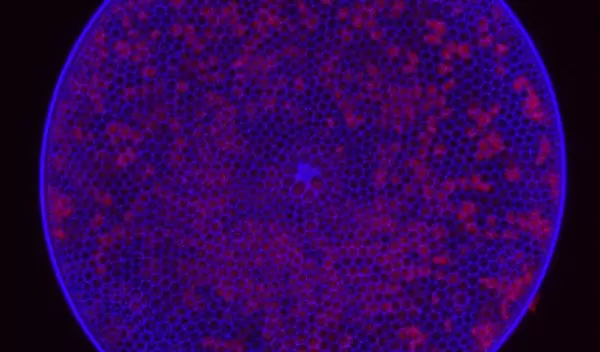
Algae-killing viruses spur nutrient recycling in oceans
Scientists have confirmed that viruses can kill marine algae called diatoms, but diatom die-offs near the ocean surface may provide nutrients and organic matter for recycling by other algae.
Diatoms are single-celled algae that generate about 20% of the Earth’s oxygen. They help store carbon dioxide, a key greenhouse gas, in the oceans.
The NSF-funded research, reported in the journal Nature Microbiology, revealed that environmental conditions can accelerate diatom mortality from viral infection. The finding is important for understanding how diatoms influence carbon cycling and respond to changes in the oceans, including warming waters.
Since the Victorian era, diatoms have been known as the "glass houses of the sea" because of their beautiful cell walls made of silicon dioxide, or glass. Silicon is essential for diatom growth, but since glass is heavy, diatoms sink to the deep ocean when they die. That makes their nutrients, carbon and organic matter unavailable for surface recycling by other algae that need the sunlight available in the upper ocean.
"Our study showed that when silicon levels in the ocean are low, diatoms can be more rapidly infected and killed by viruses, and are more likely to release their nutrients and other matter in the surface ocean instead of sinking," said senior author Kim Thamatrakoln of Rutgers University.
"Controls on ocean productivity are more complicated than light and nutrients alone," says Mike Sieracki, a program director in NSF’s Division of Ocean Sciences, which funded the research. "This study shows the interplay of nutrients and viruses on diatom populations in the ocean."


